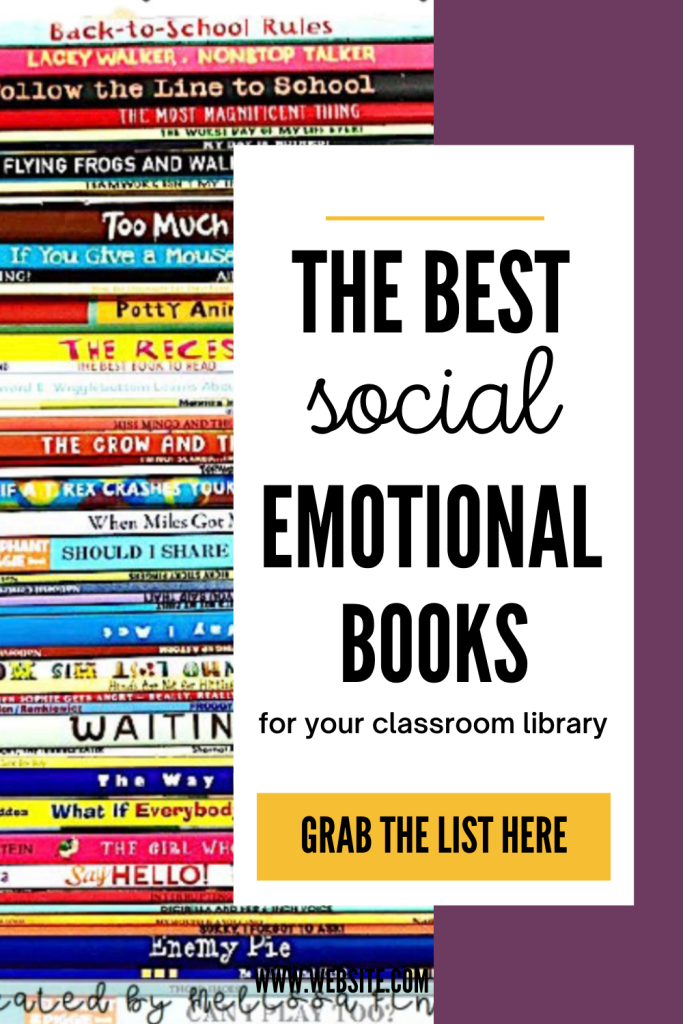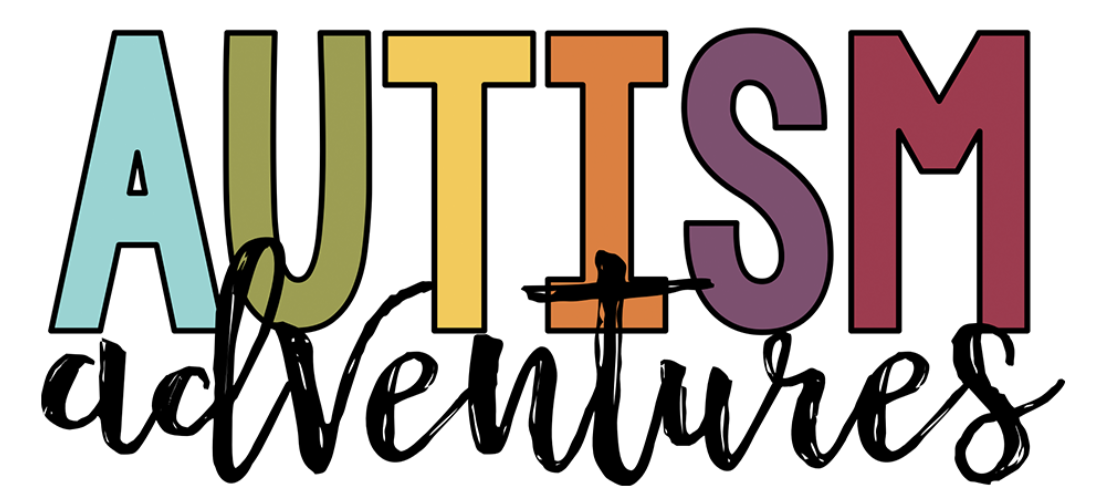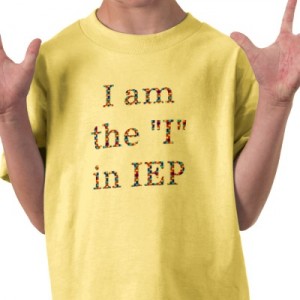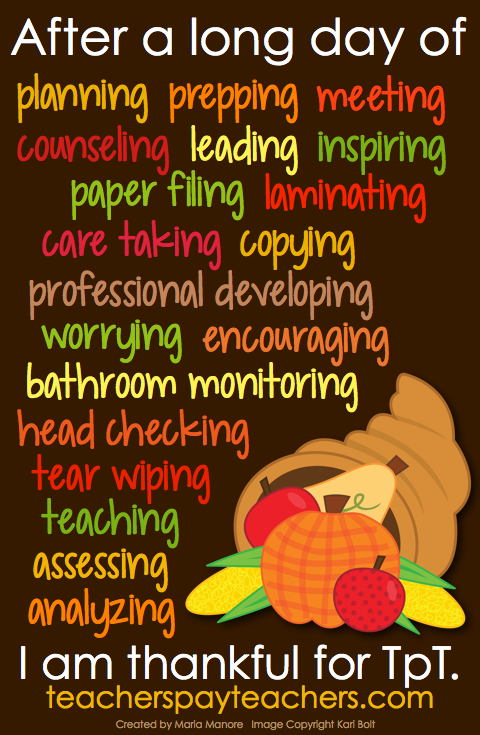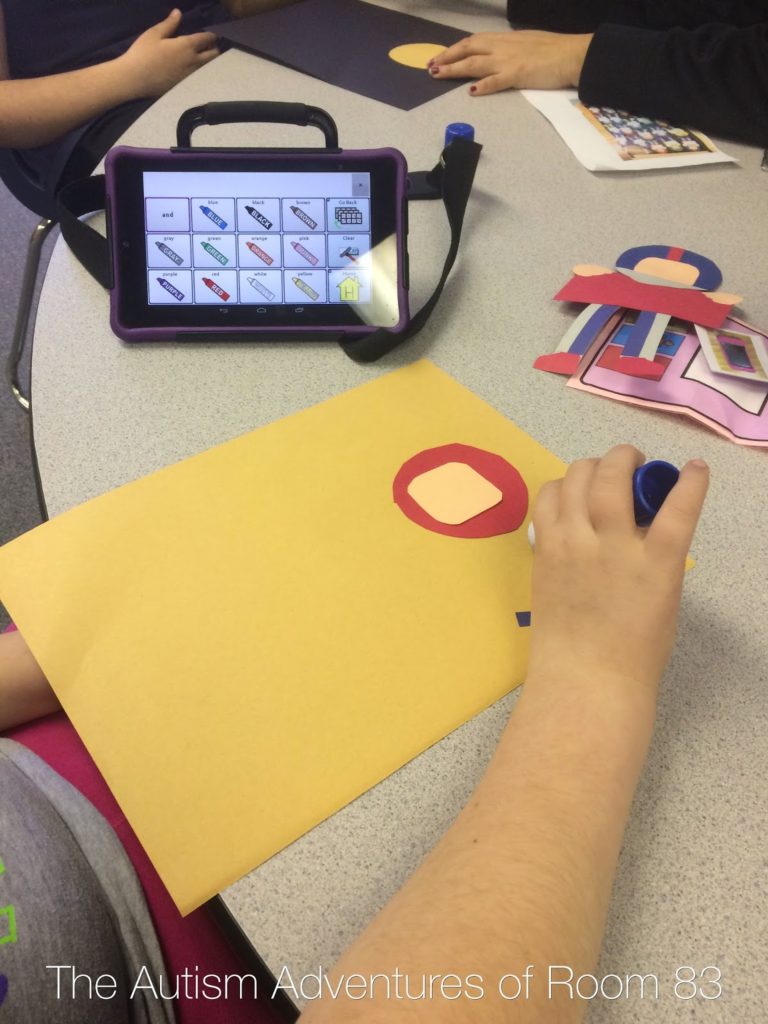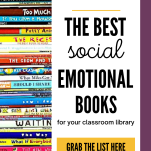the best Social Emotional Learning Curriculum For schools
Teaching students expected behaviors and social emotional skills is important to create a safe learning environment for students. Social emotional learning plays an important role in schools because it helps equip students with skills outside of academics, builds emotional intelligence and interpersonal skills. School staff work hard to teach the whole child and to create safe learning environment. SEL fosters empathy, understanding and inclusivity within the school setting. Today’s post I am going to talk about social emotional learning curriculum available to you.
If you want to teach expected behaviors to your students and teach various social emotional learning skills, keep reading! Today’s post is going to talk all about the Behavior Basics Program and how you can implement it within your classroom to create a safe learning environment for your kiddos and to meet the needs of these students.
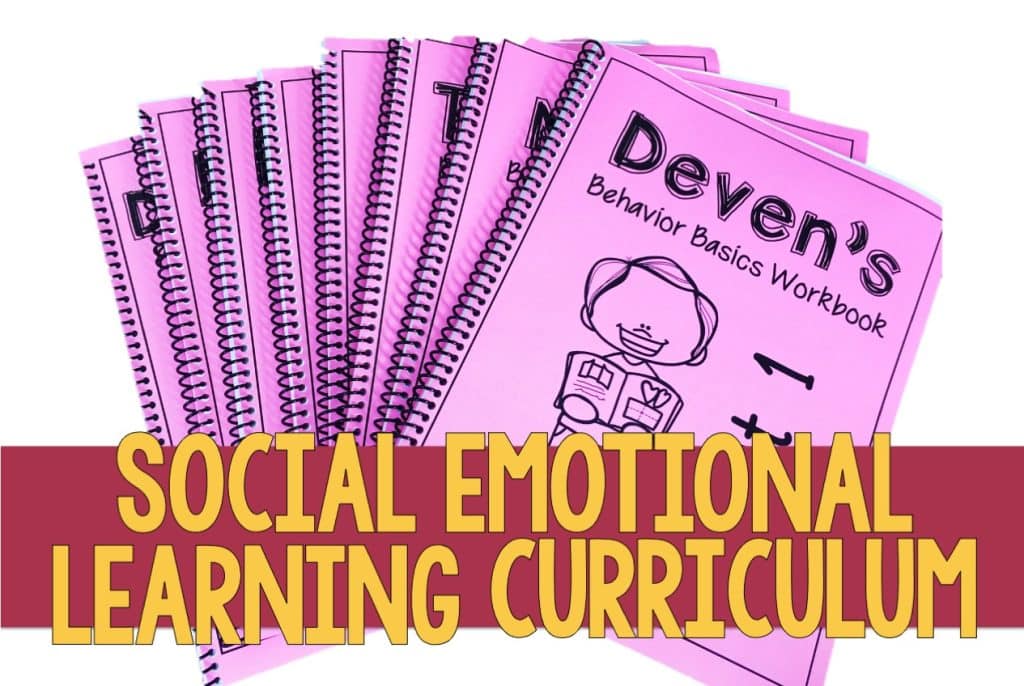
What is the Behavior Basics Program?
Behavior basics is a systematic program designed for schools that focusing on social emotional learning (SEL). Behavior Basics was designed to help teach students the basics of behavior and to teach students the skills necessary to become a successful student in all settings. It is a comprehensive year-long curriculum that includes 60 different behavior lessons. Each behavior is it’s own week-long lesson. Because of the programs flexibility, it can be taught in any order to meet the needs of the students. The Behavior Basics Overview is provided for free below to share with administrators and parents.
Social emotional learning (SEL) is how people learn to understand and manage emotions and empathy, establish and maintain positive relationships and learn to make smart decisions. Social emotional learning in the classroom can help teach students the techniques needed to do these things on their own across all settings.
What is Social Emotional Learning?
The definition of SEL refers to the process which students learn and use the skills necessary to understand and manage emotions, set and achieve goals, feel and show empathy for others, maintain positive relationships, and make responsible decisions. SEL is also making responsible decisions and maintaining healthy relationships. Social-emotional learning builds emotional intelligence within students. It helps students to be resilient and socially aware of the emotions of peers. SEL helps build skills beyond the classroom and will have a positive impact on each students lives and their overall social-emotional development. SEL is proven to improve overall academic performance and build student success. To grab my FREE guide on SEL in the classroom, click HERE.
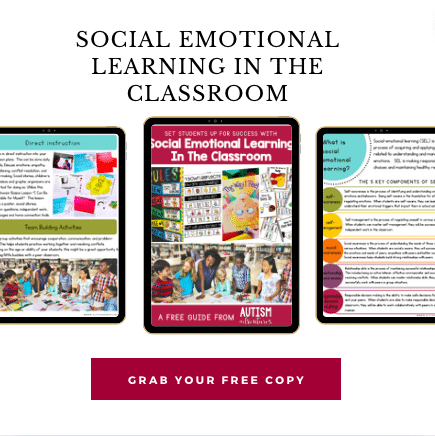
Core Components of Social emotional learning
There are 5 main components of social emotional learning that I will outline below. The 5 SEL competencies are:
- Self-Awareness: Self awareness is the process of identifying and understanding one’s own emotions and behaviors. Being self-aware is the foundation for effectively regulating emotions. When students are self-aware, they can learn to understand their emotional triggers that impact them in school settings.
- Self-Management: Self-management is the process of regulating oneself in various situations. When students can master self-management, they will be successful with independent work in the classroom.
- Social Awareness: Social awareness is the process of understanding the needs of those around them in various situations. When students are socially aware, they will successfully identify the emotions and needs of peers, empathize with peers and better understand them. Social awareness helps students build strong relationship with peers.
- Relationship Skills: Relationship skills is the process of maintaining successful relationships with peers. This includes being an active listener, effective communicator and understanding conflict resolution. When students can master relationship skills, they will successfully work with peers in group situations.
- Responsible Decision-Making: Responsible decision-making is the ability to make safe decisions for yourself and your peers. When students are able to make responsible decision in the classroom, they will be able to work collaboratively with peers in a safe manner.
WHY TEACH SOCIAL EMOTIONAL LEARNING?
Research supports the implementation of SEL curriculum in school settings because it helps improve academic success and increase appropriate school behavior. SEL will look different in each classroom depending on the needs of the students, the age of the students and the resources made available to the teacher. SEL strategies help build academic success but most importantly improve student behaviors, attitudes and emotional well-being of the students.
WHAT DOES SUCCESSFUL SEL IN THE CLASSROOM LOOK LIKE?
In the classroom, SEL can mean a variety of things. The easiest way to understand it is to think about a successful student you have worked with. Most likely you will think of an attribute or skill they may have developed as a direct result of social emotional learning in the classroom. Some examples of these attributes may be strong communicator, motivated, organized, a team builder, role model or critical thinker. These skills are important for academic success but most importantly they help prepare students to be successful in life.
THE BEHAVIOR BASICS PROGRAM
Behavior Basics is a complete and comprehensive program. It uses direct instruction each week to build strong students and set them up for success in learning and in life. It also has direct instruction, discussions, interactive activities, review pages, reading extension activities and data collection make this program a complete program to meet student, teacher, parent and administrative needs.
Behavior Basis is research based and designed based off of the data available about the effectiveness of SEL and best practices in a special education classroom. It teaches expected classroom behaviors and addresses the 5 core competences for SEL.
The three individual components that make up the entire program are:
- Behavior Basics Curriculum (Direct Instruction)
- The Behavior basics Book Club (Book Extension Activities)
- Data Bundle

The Behavior Basics Program consists of 60 different lessons focusing on 60 different common behaviors. These lessons are broken up into 4 units. To read more about each unit, click below:
- Classroom Rules
- School Rules
- Student Behaviors
- Social Skills
Skills Taught in the Behavior Basics Program
All 60 skills are included in all three components: the Curriculum, the Book Club and the Data Bundle. There 60 skills included in the Behavior Basics Program are:
- classroom rules
- raising my hand
- smooth transitions
- staying on task
- following directions
- how I move in the classroom
- working with others
- keeping my workspace clean
- cleaning up after myself
- using school tools
- technology rules
- changes in schedule
- substitutes
- cafeteria manners
- bathroom behaviors
- how to line up
- recess rules
- library rules
- pe rules
- assembly rules
- how I act in the community
- getting to school safely
- school celebrations
- fire drills
- earthquake drills
- lock down drills
- tornado drills
- tantrums
- hands and feet
- I won’t hurt myself
- I will stay with my class
- keeping my clothes on
- waiting patiently
- I will eat only food
- I will not be a bully
- understanding my emotions
- I will not copy others
- its okay to make a mistake
- I can be kind
- I will tell the truth
- I can be role model
- accountability
- I will use nice words
- personal space
- I will not throw things
- I will not take my friends things
- I can share
- greetings
- listening
- body language
- communication basics
- staying on topic
- taking turns
- asking for help
- apologizing
- saracam and jokes
- resolving conflicts
- manners
- I need
- asking a friend to play
What is the Behavior Basics Curriculum?
The curriculum is designed for teachers to provide direct instruction on one specific behavior at a time. The Behavior Basics Curriculum consists of 60 different lessons focusing on 60 different common behaviors. For each lesson you will receive:
- Weekly Posters
- Social Stories (4 differentiated levels to meet the students reading skills)
- Weekly Homework and Parent Communication
- Discussion Questions and worksheets
- Coloring Pages
- Interactive Notebook Activity
- Review Pages
- Weekly Focus Board
- Certificate of completion
- Lesson Plans for staff

All 60 behaviors follow the same weekly format to create a consistent routine within your classroom. It is designed with a consistent format for weekly consistency so that students with special needs can become more independent at the different tasks at hand. The program is not designed to go in lesson order. Each behavior has been assigned a lesson number for teacher organization and easy location of the materials for each lesson. This also allows for flexibility on the teachers behalf to teach any behavior in any order they choose depending on class and student need.
Each lesson in the curriculum can be broken down into daily tasks over the course of one week or it can also be taught in one large chunk for older students. By breaking it up, this helps students generalize and master each behavior lesson over the course of one week. Each lesson also has a lesson plan with a weekly overview for the teacher or staff to implement at a work center.
*The weekly guide provided is optional because the materials can be used in any way that fits your students needs in a shorter or longer period of time!
To learn more about the Behavior Basics Curriculum and to see more detailed pictures, click HERE.
What is the Behavior Basics Book Club?
The behavior basics book club was created to help teach students the basics of behavior through picture books. The behavior basics book club can be set up in your classroom and utilized as a valuable resource to teach students various behaviors and how to be successful in the classroom. Proudly display your behavior basics book club books in your classroom so that you can grab it in a second when a refresher lesson is needed on any given day!
I have chosen a picture book to align with each lesson in my behavior basics curriculum. These books provide a fun alternative to direct instruction to teach the basics of behavior. These books provide critical thinking and hands on activities for extension activities in your classroom!
To access a list of all books included (with clickable links!) click HERE! These books can be used without the book club activities if you are looking to just add to your classroom library.
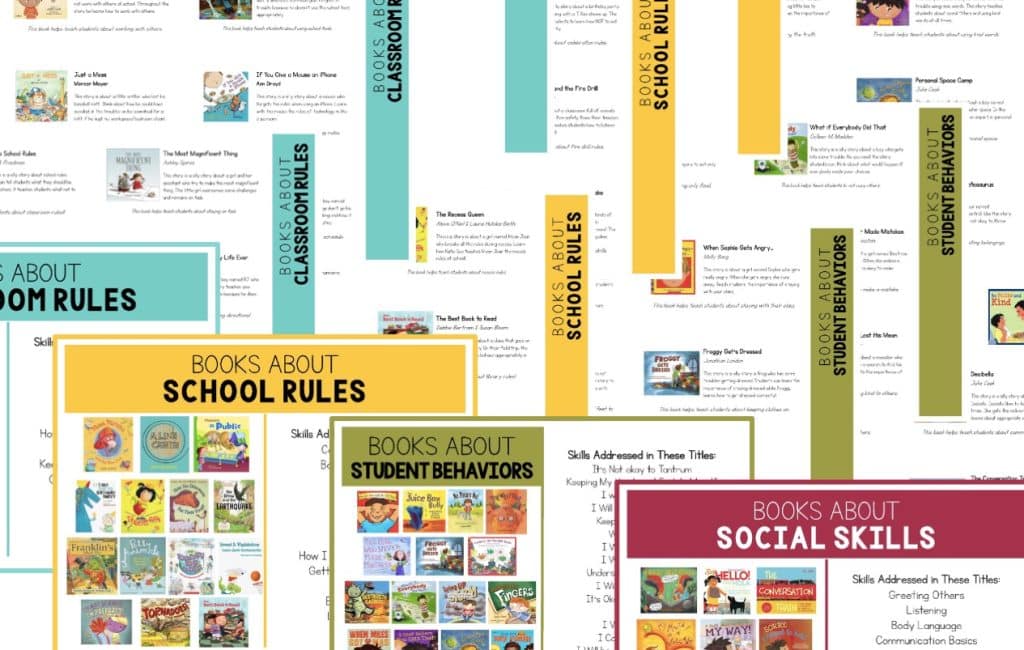
The book club can be paired with the Behavior Basics Curriculum or it can be used as a stand alone resource. This list of books is a great starting point for building a social emotional library collection in your classroom or school. The book club includes 60 titles. Each book aligns to one behavior in the Behavior Basics Curriculum.
All of these books are available on Amazon. You can find these books in your local libraries. Additionally, you can enjoy free read-alouds on YouTube! Each story comes with a detailed lesson plan for easy implementation for teacher or classroom staff.
Each lesson plan has:
- Behavior focus section
- Pre-reading questions
- Discussion questions aligned to certain pages of each book
- Extension activities/questions.

To learn more about the Behavior Basics Book Club and to see more detailed pictures, click HERE.
What is the Behavior Basics Data Club?
This Behavior Basics Data Bundle helps you create, implement, and track the progress of various behavior goals because data is everything. Included in this bundle is 60 products/behavior data bundles!
This is a stand alone product. You do not need to purchase the Behavior Basics Curriculum or Behavior Basics Book Clubto use this. This is a data component which includes IEP goals, data sheets, scoring rubrics and behavior logs. The behaviors align with the curriculum, however you do not need the curriculum to use the data component with your students.
IN EACH LESSON OF THE DATA BUNDLE YOU WILL RECEIVE:

Click HERE if you are interested in learning more about the data bundle.
Social Emotional Learning Curriculum
These three components of the Behavior Basics Program provide a great way to teach social emotional skills and school rules to your students. Teach in small groups during work centers, pull-out services, or whole group instruction. There are several different options within each component to make it assessable to all students. In conclusion, the Behavior Basics Program is a great tool to teach the basics of behavior and to meet the emotional needs of students within your classroom. If you are looking to teach SEL skills this school year, boost academic achievement, facilitate successful social interactions and improve the mental health of your special education students, then look no further, the Behavior basics program has everything you need to get started today!
Buy behavior basics today
Are you looking to purchase any part of the Behavior Basics Program for your classroom? Here are some quick links to help you do so!
Like what you read? Don’t forget it, PIN IT!
